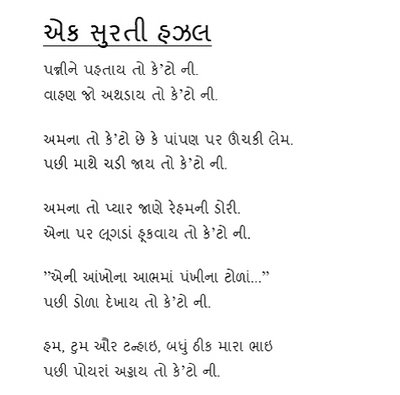If you're an Indian woman and measure more than 32 inches or an Indian man over 35 inches, brace yourself.
U.S. studies have found that Indians in the United States have three to four times the heart disease rate of the mainstream U.S. population.
Indian men, no matter where they live, have one of the highest rates of heart disease in the world, even if they have low levels of traditional risk factors such as cholesterol. In fact, even non-smoking vegetarians under 40 who exercise regularly may be at high risk.
Under mainstream standards, a BMI of 25 is considered normal, 25-30 is considered overweight and more than 30 is considered obese.
Dr. Enas says:
A BMI of 23-25, which is normal for Americans, is considered overweight for Indians and 25 becomes obese
Indians have a genetic predisposition and if you have a family history you know you have a higher risk of heart disease
We quickly develop abdominal obesity and that leads to the condition known as metabolic syndrome, whereby your triglycerides and small, dense LDL, the worst part of bad cholesterol, goes up, while HDL2B, the best part of your good cholesterol, goes down.
Sure genetics is one of the main reason why we get heart diseases, but environmental factors, namely food, smoking/alcohol habits and physical activity, contributes in a big way. The key is to do the right exercise. One has to do an exercise which not only increases the heart rate but also maintains it at that level for at least 45 mins to an hour. Most of the people know that they are not doing enough cardio but they keep procrastinating as they think that if nothing is broke, why fix it. This is the prime reason why it has become a silent killer. Atherosclerosis, or accumulation of plaque in arteries, can happen so silently that in lot of cases, its not even visible through a regular ECG exam. Usually, when you actually get some kind of chest pain thats when you find out and by that time lot of damage has already been done.
Dr. Enas says:
Early testing, aggressive treatment, and diligent management of risk factors through lifestyle alterations is imperative among Indians to reduce the devastating economic, emotional, and social consequences to the individual and society that premature, severe, malignant heart disease currently poses to Indians everywhere.
Genetics loads the gun, environment pulls the trigger. So if you get heart disease, don't blame your parents and grandparents. Do something.
You can find the introduction about Dr. Enas here and read the first chapter of his new book "How to beat the heart disease epidemic among south asians - A prevention and management guide for Asian Indians and their Doctors".



